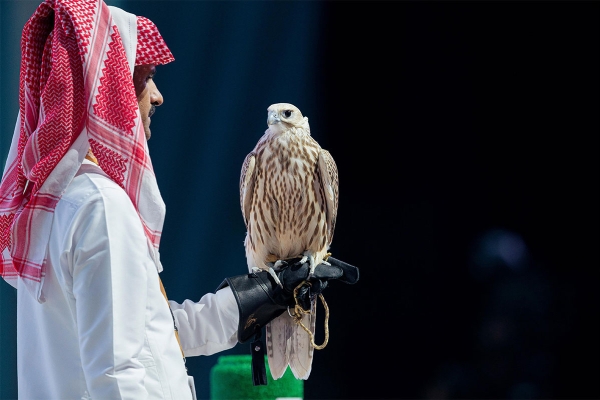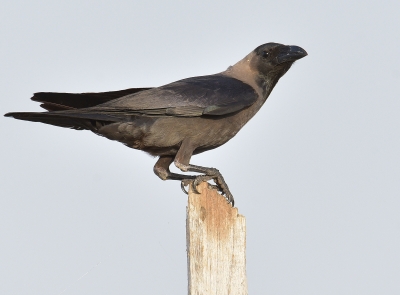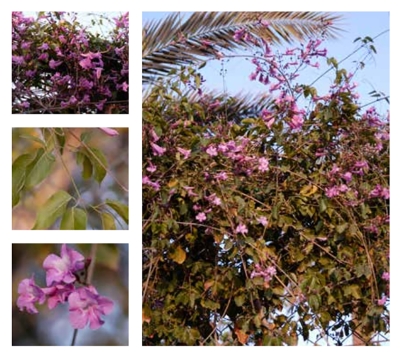
Saker falcon (Falco cherrug) belongs to the Falconidae family, a group of birds of prey comprising about sixty species of small and medium-sized birds, including thirty-seven birds belonging to the genus Falco, which is further divided into four groups: the kestrels (Falco tinnunculus), comprising fourteen species, the merlins (Falco columbarius) comprising two species, the hobbies (Falco subbuteo), comprising twelve species, and the gyrfalcons (Falco rusticolus) comprising ten species, which fall under two categories: falcons, and peregrines (Falco peregrinus).
Characteristics of falcons
The falcon family comprises diurnal birds of prey of medium size, characterized by their feathered heads, long and highly curved talons, and long wings. Females are usually bigger than males. Some of its species are capable of hovering and gliding, and they build their nests in dense branches of trees. The female lays three to five eggs, and some species are used for hunting.
The falcon is called al-Ajdal and al-Qitami, and is given nicknames such as Abu Shujaa, Abu al-Esbaa, Abu al-Hamraa, Abu Amro, Abu Omran, and Abu Aoun. Falcons are classified into three types: Falcon, red-necked falcon (merlin or jalm), and black-winged falcon (al-Konj).
Falcons in Saudi Arabia
The Kingdom houses a variety of falcons, which are the following: Saker falcon, lanner falcon (Falco biarmicus), pergerine falcon (Falco peregrinus), red-necked falcon (Falco chicquera), kestrel (Falco tinnunculus), and black-winged falcon.
Characteristics of the saker falcon
The saker falcon, also known as Saqr al-Ghazal and Saqr al-Shareq, measures forty-six cm in length. It closely resembles the peregrine falcon in wing shape and tail length. Its upper parts are dark to light brown, with a brighter crown, while its lower parts are light in color and spotted with dark brown dots. It inhabits plains and steppes in agricultural areas and forests. It is similar to peregrine falcons in strength and ferocity. However, it is a slower flyer and prefers to attack its prey on the ground or chase it in the air if it is not too fast. The saker falcon might follow hunters to take advantage of wounded birds, and it is renowned for its bravery and boldness, attacking animals larger than itself; therefore, it is used in hunting.
Its diet includes small mammals, birds, lizards, and wild rabbits. Both male and female falcons participate in egg incubation and feeding chicks.
The saker falcon is a popular choice for hunting among contemporary Arabs, followed by the peregrine falcon, then the lanner falcon. The qualities sought after in falcons by Arabs include long necks, sharp vision, broad chests, and thick thighs and legs. The feathers should cover the legs as much as possible, and the talons should be large. White falcons are the most valuable, followed by red, brown, gray, and black.
Sizes of the saker falcon
The saker falcon comes in three sizes: Hor Kamil, which is typically the female due to her larger size; Mathlouth, which is the male; and Robe', also called Laziz or Tabe'. The saker falcon is known for avoiding thorny trees, such as the boxthorn (Lycium). This has led to the popular proverb 'The saker doesn't perch on the desert throne,' implying avoiding sources of danger.
Related quizzes
Related articles


